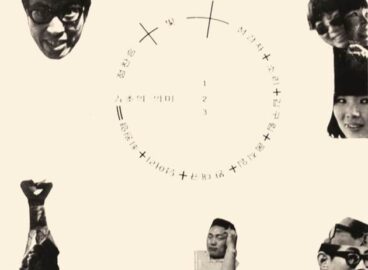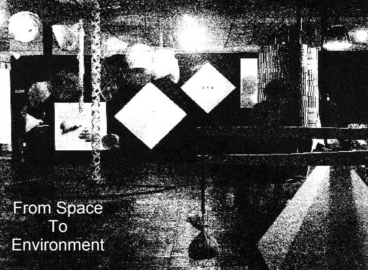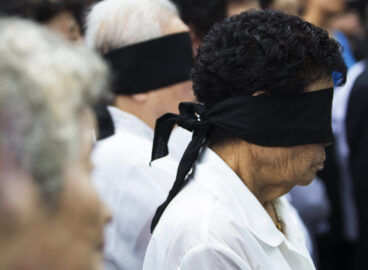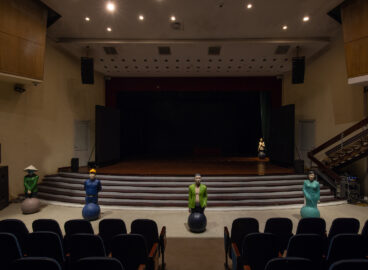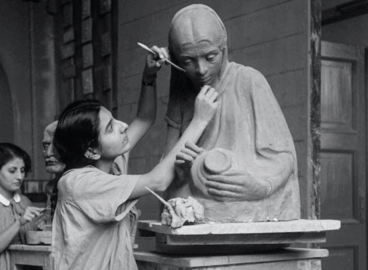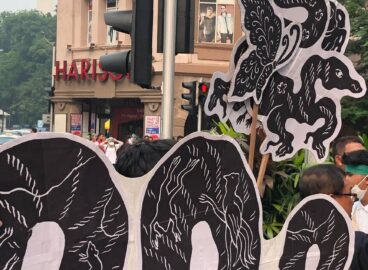Beijing was home to high-energy experimental art practices, including Beijing East Village performances and apartment art, in the 1990s. The practices that were critical of their socio-political context are often referred to today as underground art. How did underground networks function, and how did censorship affect their operation and production? In this conversation, the artists Lin Tianmiao and Wang Gongxin, who are husband and wife, reflect on the self-organized art activities in which they were involved in the 1990s, including those in their own backyard. Their LOFT art space in Beijing was a place for exchanging ideas about experimental art and played a crucial role in welcoming foreign curators to China.
Lin and Wang, leading figures in fiber art and new media art, respectively, have lived between New York and Beijing since the late 1980s and have exhibited widely in North America, Australia, Europe, and Asia. In this conversation, they reflect upon the changes in their understanding of what it means to be an artist since they moved to New York. Lin and Wang’s experiences in the artworld speak to the changes in their profession that Chinese artists have witnessed over the past 30 years.
